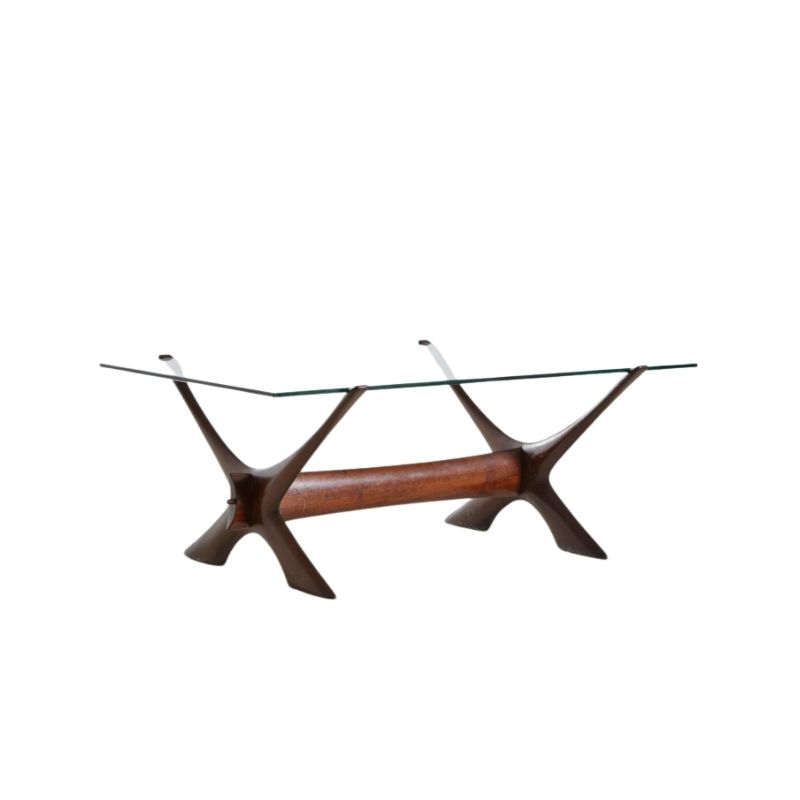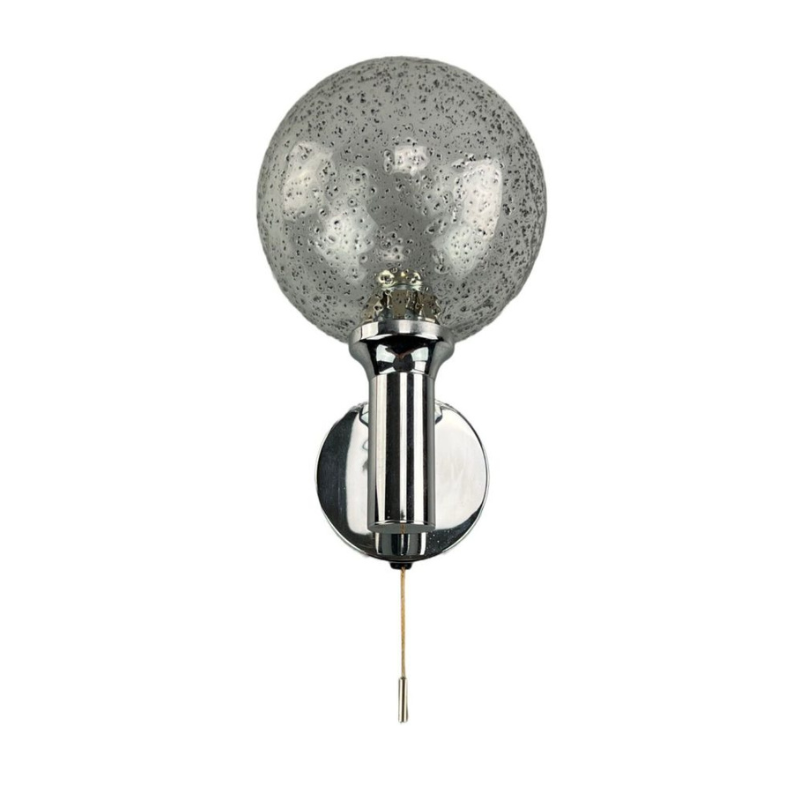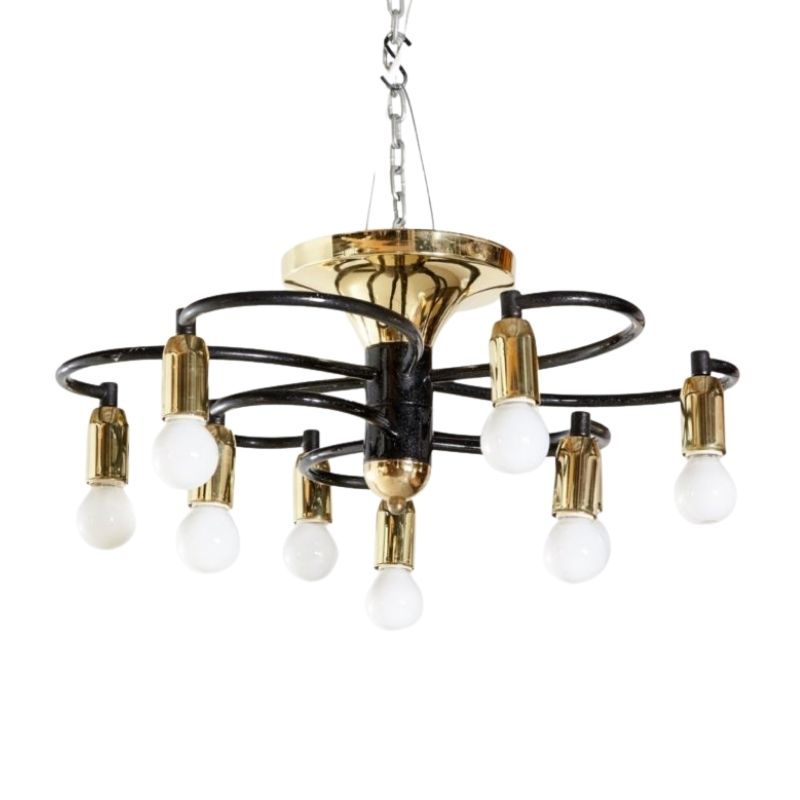As long as it
doesn't catch you in the ligaments behind the knee, almost anything can be comfortable. My theory, however, is that the "mind of the behind" resents the indifference of a flat seat; almost any curve, convex or concave, is unconsciously appreciated. My exhibits are the many many carved seats on chairs going back millennia. The very slightly concave seats we see on so many older chairs are proof to me that even a slight indentation is appreciated -- enough to keep people coming back for more.
There may be a rational explanation for the comfort that a minor shaping of a rigid seat provides: With a dead flat seat, no amount of rearranging oneself is going to make any difference in the way the behind feels. With any shaping at all, some movement to a new posture is going to relieve some areas of flesh and muscle, putting new areas into compression and thus providing temporary relief.
I haven't owned an Eames shell. But I remember the impression that I had on those occasions when I've used one: There seems to be only one place that gravity places the sitter in that chair-- with little or no variation in the shape one encounters as one tries to reposition -- and thus there is little relief to be had in trying to adjust to a different sitting position, after one has been in the chair for a while. One "perfect" posture isn't enough; the sitter needs to be able to find more than one equally comfortable spot on the seat if one is to remain comfortable over a period of time.
At least, that's what I've found.
A designer speced some teak benches
with pronounced concave seating surfaces for a gallery in a museum I did some work for. These were expensive institutional-quality contract pieces from a well-known dealer. The museum recieved many negative comments from older visitors regarding the difficulty of getting up off of them. This had much to do with the relatively low height, IMO.
Heath, whether your bench is a commission piece, or intended to be produced in multiple, you'd be wise to cobble together a mock-up and get as many varied butts on it as practical before committing to a final design.
Yes -- comfort
has nothing to do with math or geometry, or beauty -- it's all about the ass. Try everything, including the counter-intuitive -- I'd say. Since man continually re-invents the wheel, or at least the chair, we might as well learn something as we go along.
Keep us informed.
If you need any help, please contact us at – info@designaddict.com









